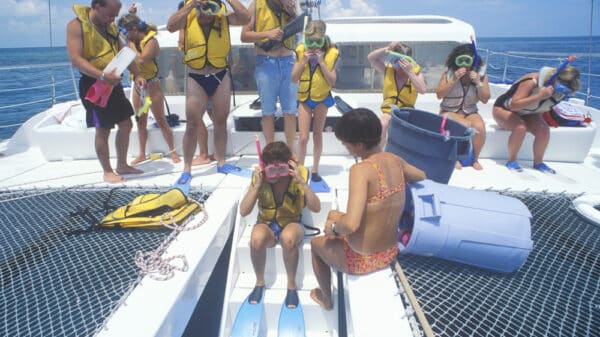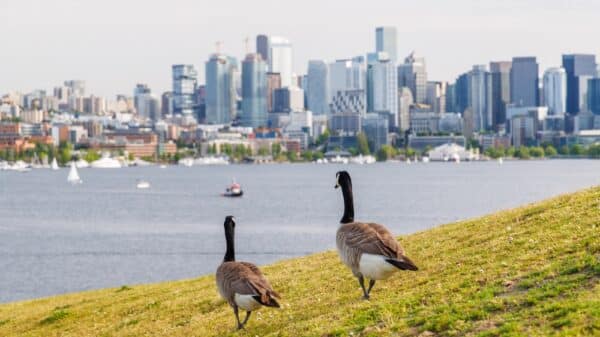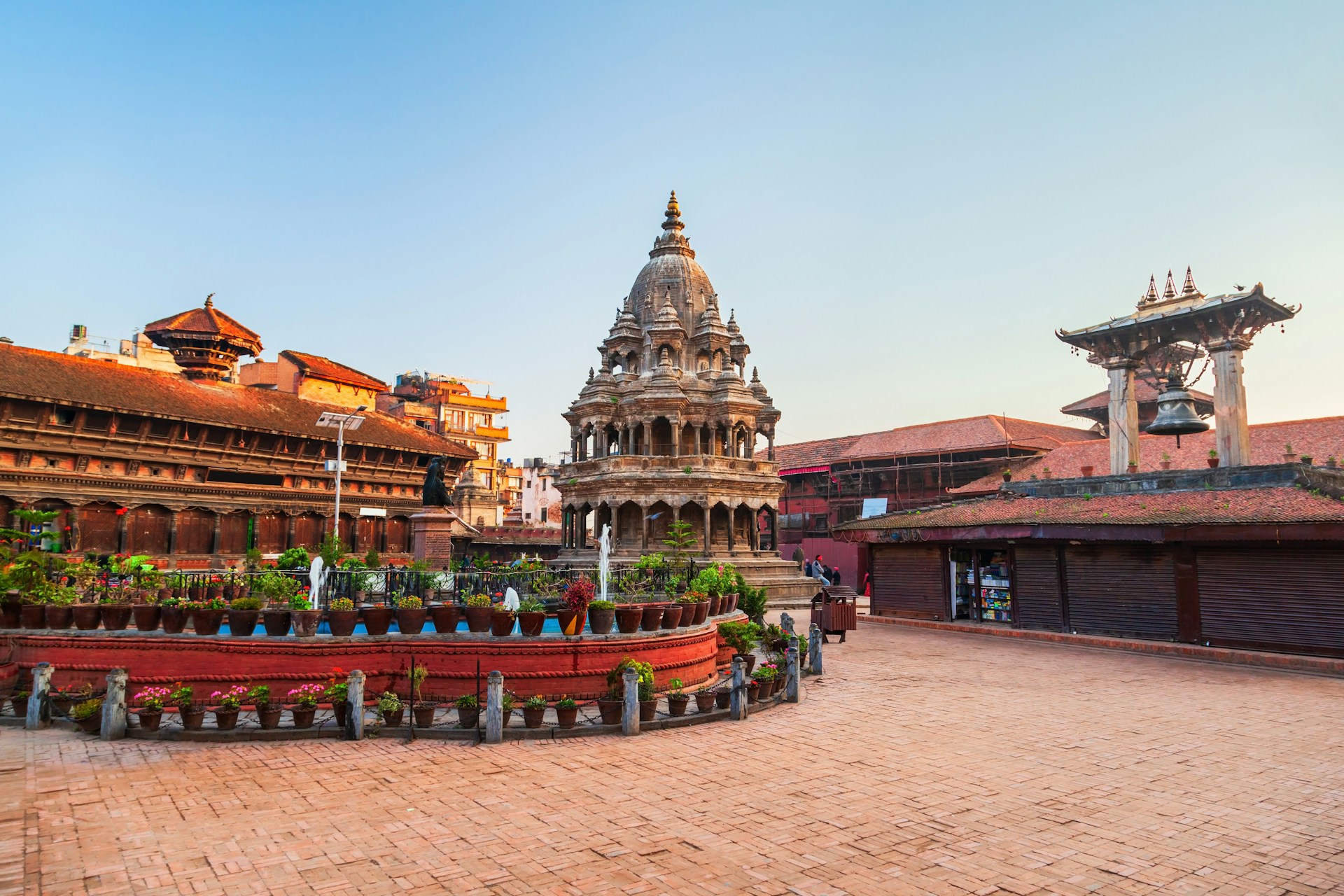Nepal is currently facing significant turmoil as protests turned deadly this past week, igniting nationwide unrest. The demonstrations, primarily led by Gen Z activists, were initially sparked by public outrage against corruption and governmental policies, culminating in police violence that tragically claimed the lives of at least 19 individuals. The situation escalated rapidly, resulting in a curfew and widespread governmental resignations.
Key Events Leading to Unrest
The protests were fueled by a social media campaign highlighting wealth disparities and alleged corruption among politicians. Young demonstrators took to the streets not only to oppose the government’s recent ban on over 26 social media platforms—including popular ones like Facebook and WhatsApp—but also to express their dissatisfaction with economic instability and unemployment rates.
In a stark display of governmental force, law enforcement responded aggressively to protests, utilizing water cannons, tear gas, and live ammunition. Following these brutal measures, the Prime Minister, KP Sharma Oli, resigned as public outrage grew, prompting further protest participation. This collective frustration has sparked a groundswell of anger, leading to violence, arson, and further governmental challenges.
The Impact on Daily Life in Nepal
The unrest has severely affected daily life in Nepal. Important political buildings, including the parliament and Supreme Court, have been vandalized while many citizens have been displaced or injured due to the ongoing violence. As the turmoil escalated, an extensive prison break ensued, complicating the security situation further.
In a bid for resolution, President Ramchandra Paudel has invited representatives from the youth movements for discussions, appealing for peace amid the chaos. While curfews are firmly in place across the country, the army has stepped in to stabilize the situation.
Implications for Travelers
For tourists planning to visit Nepal, the situation poses substantial risks. Kathmandu, known for its trekking trails leading to Everest, is currently under lockdown, limiting movement and operation of tours. The airport was previously shut down, leading airlines to cancel flights. Though some operations have resumed, travelers are advised to proceed with extreme caution.
Travel advisories from various countries continue to evolve as the situation changes. India has recommended avoiding non-essential travel, while Australia and Singapore have similarly cautioned their citizens. The U.S. State Department maintains an advisory urging increased caution, emphasizing the need to respect curfews. Tourists currently in Nepal are encouraged to stay indoors and monitor the local news for updates.
Final Thoughts
The current unrest in Nepal reflects deeper societal issues and a yearning for governmental accountability among its youth. The tragic loss of lives during the protests should not only be seen as mere statistics, but as pivotal moments that could potentially alter the country’s political landscape. While motivations for travel to Nepal may remain strong due to its rich culture and breathtaking scenery, immediate safety and local conditions should take precedence.
Travelers and citizens alike should remain informed and heed local guidelines as the situation develops. Only through collective understanding and respect for the complexities of these protests can there be hope for resolution and growth.
Image Source: Unsplash






























